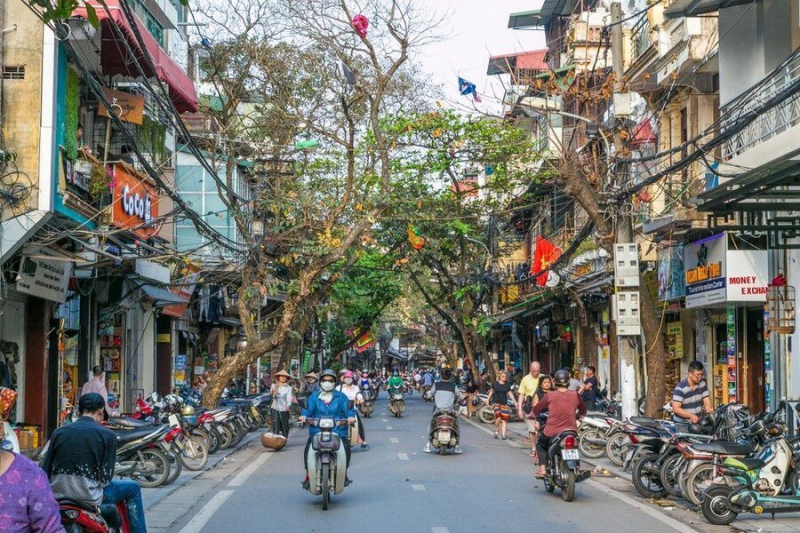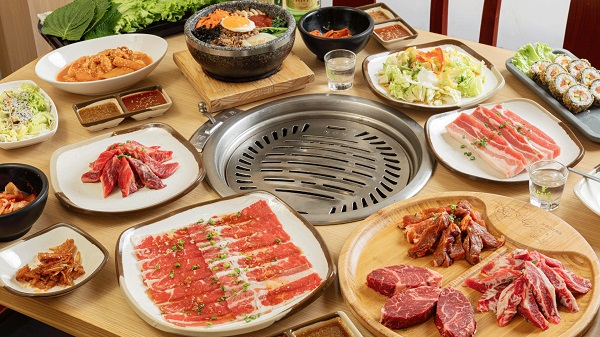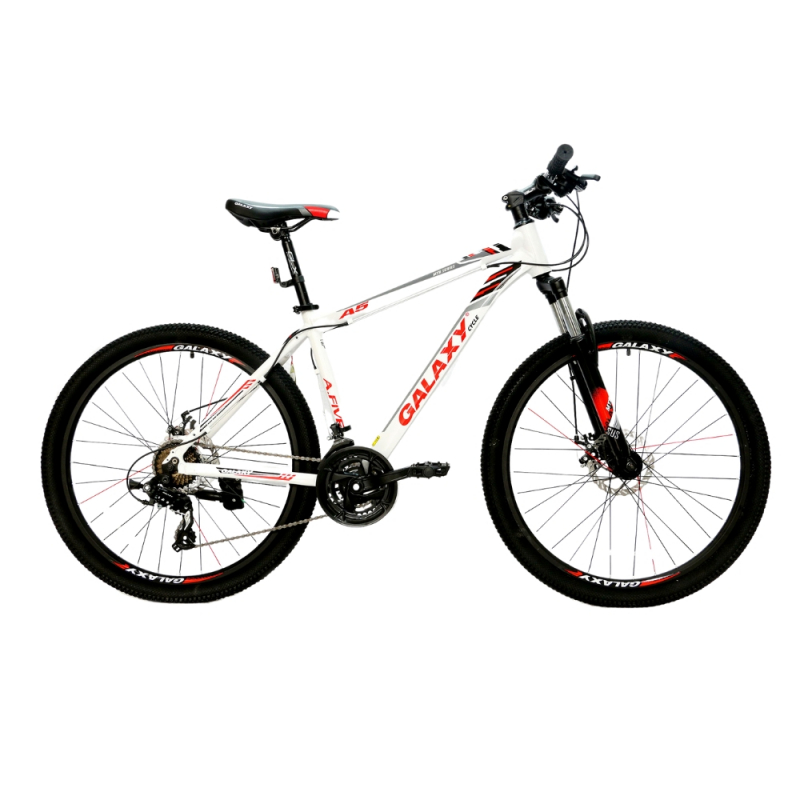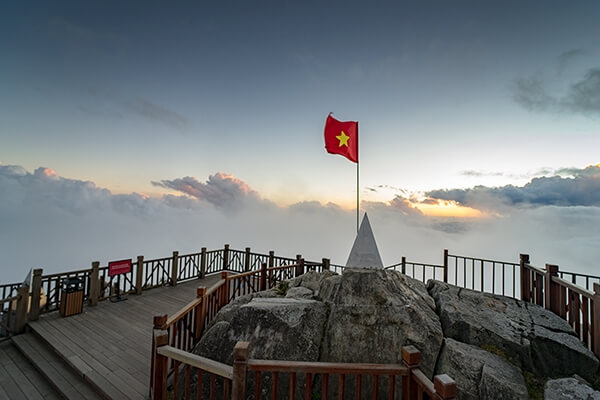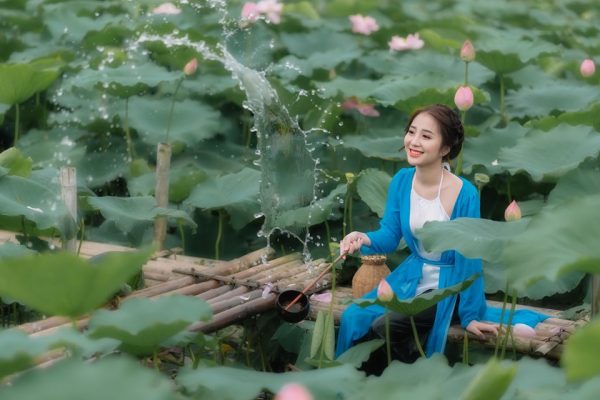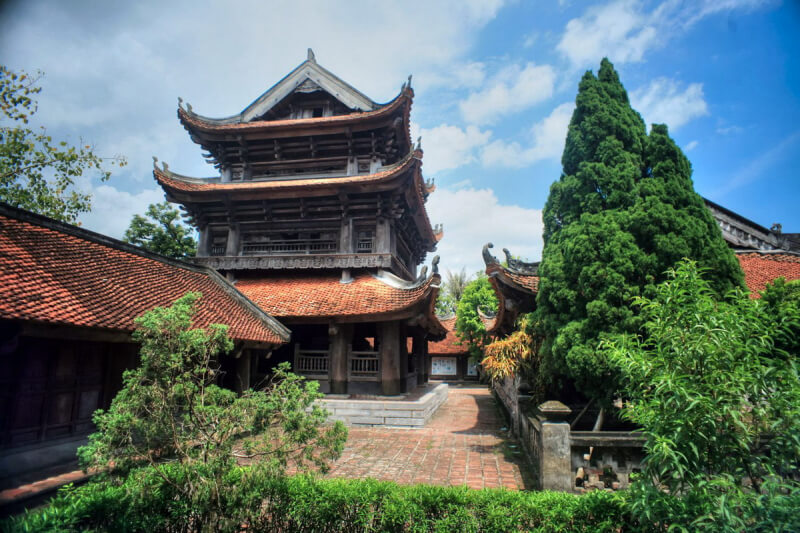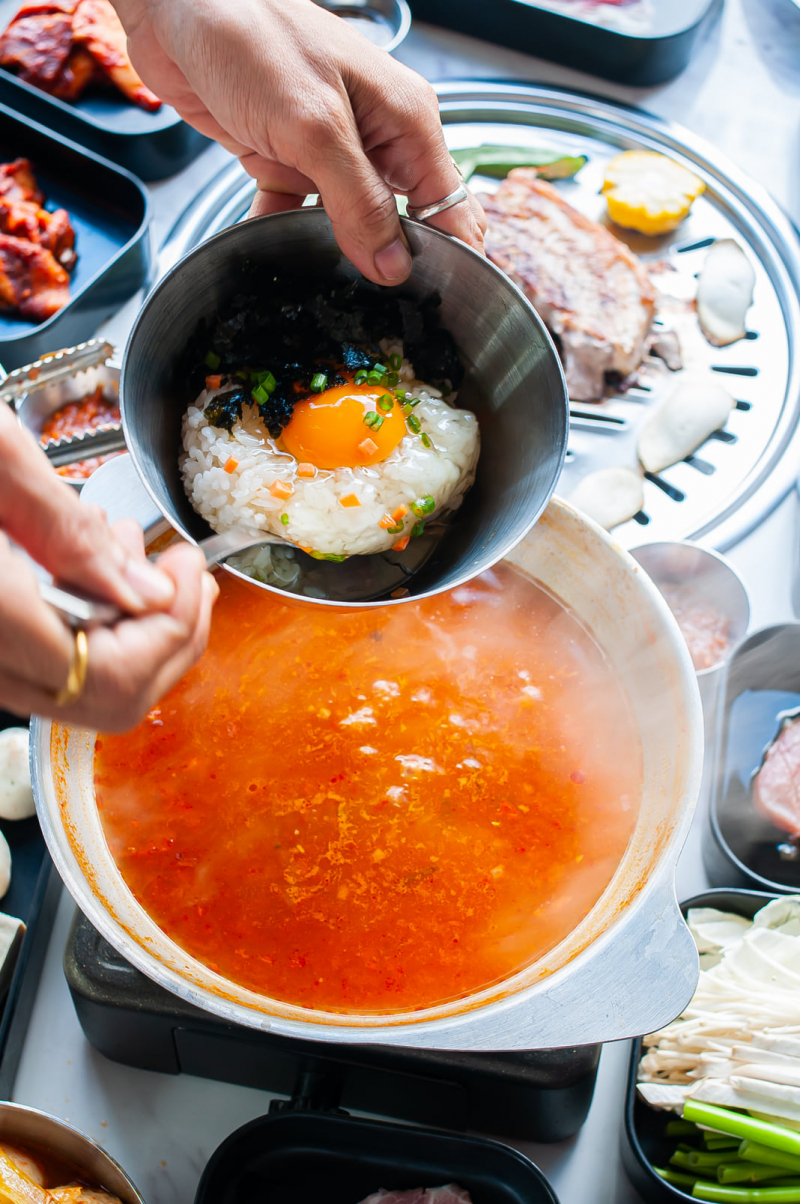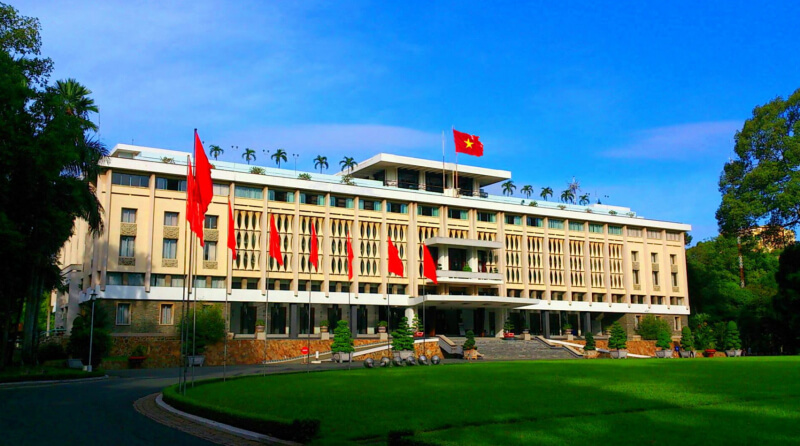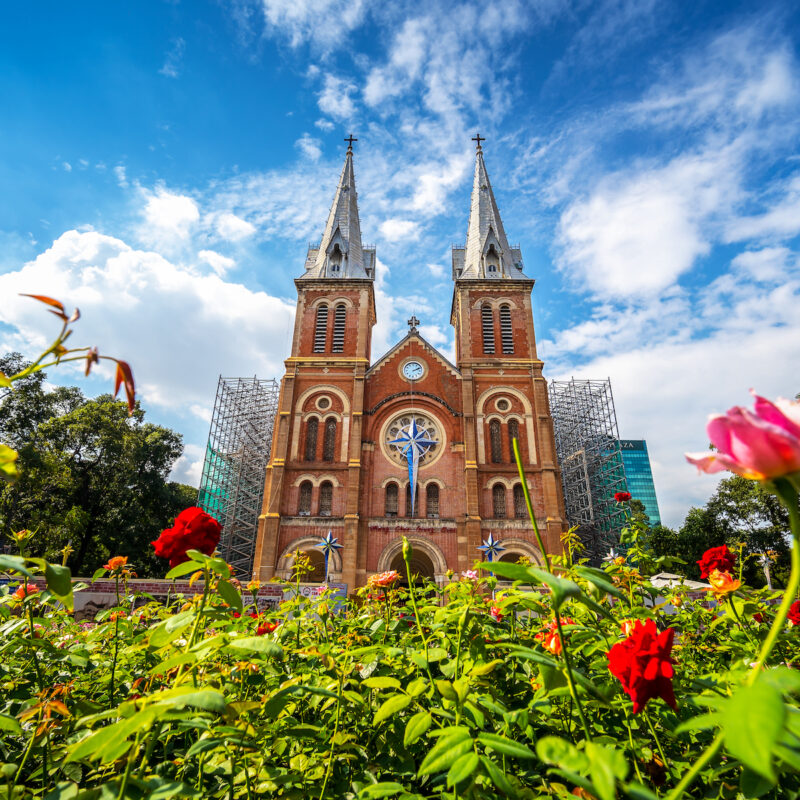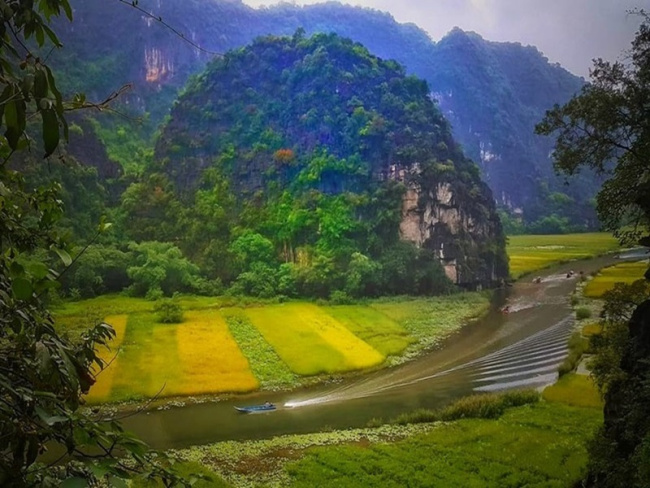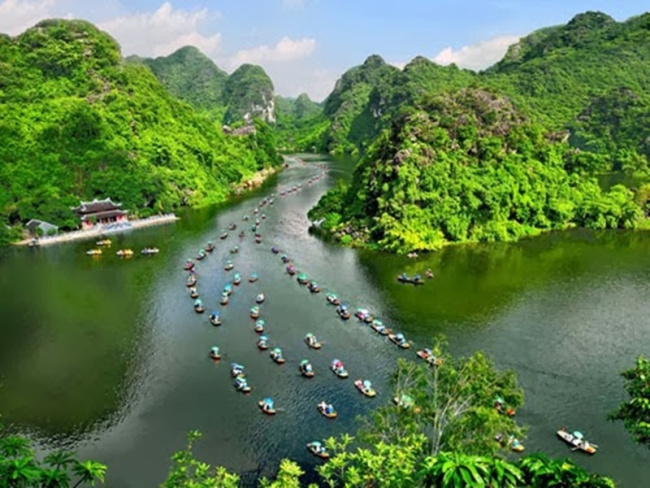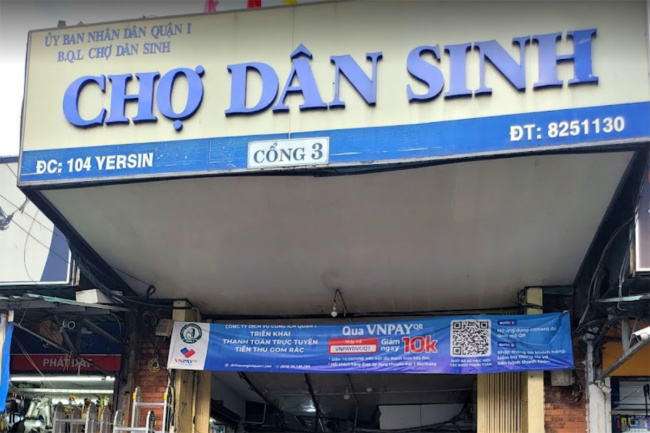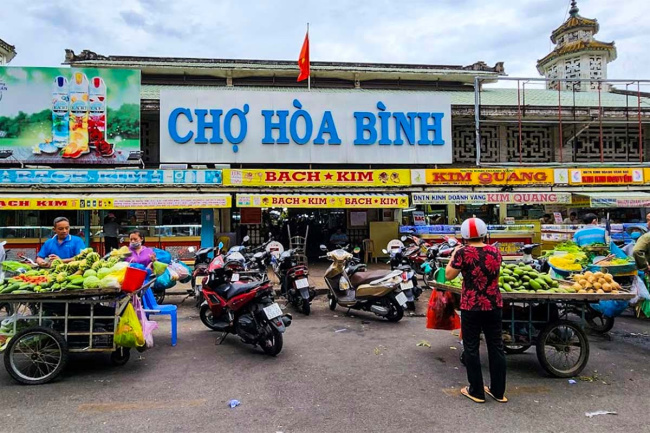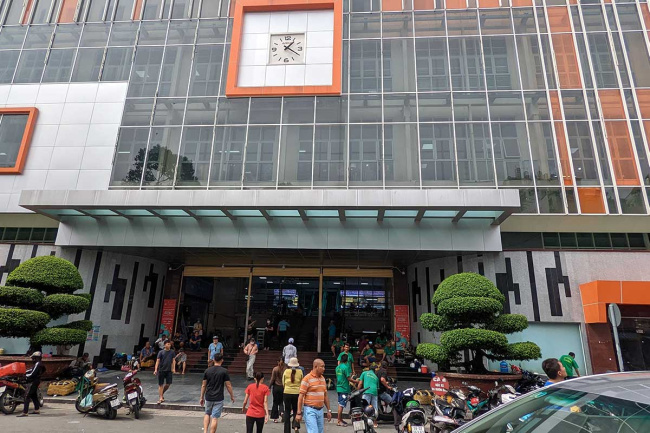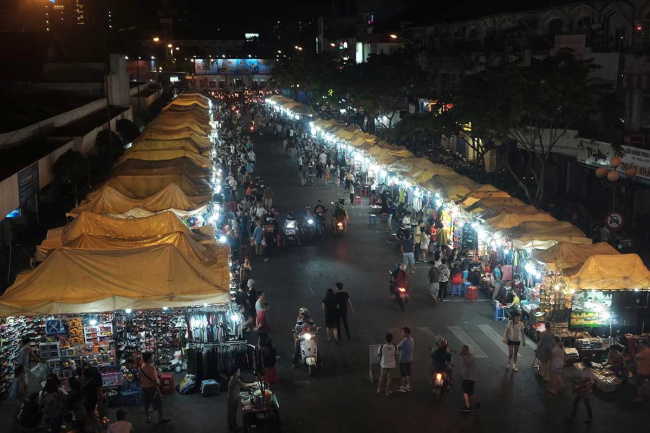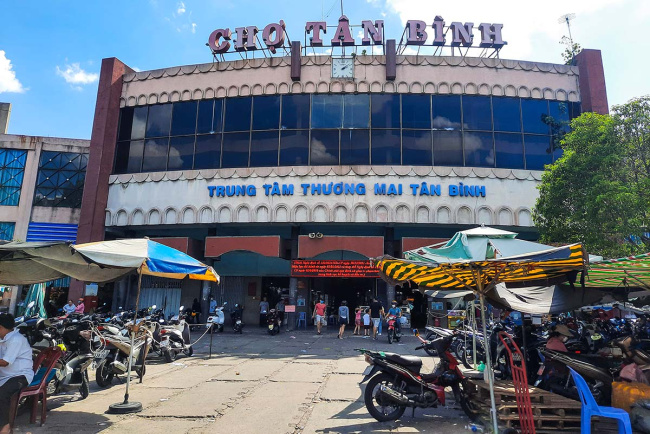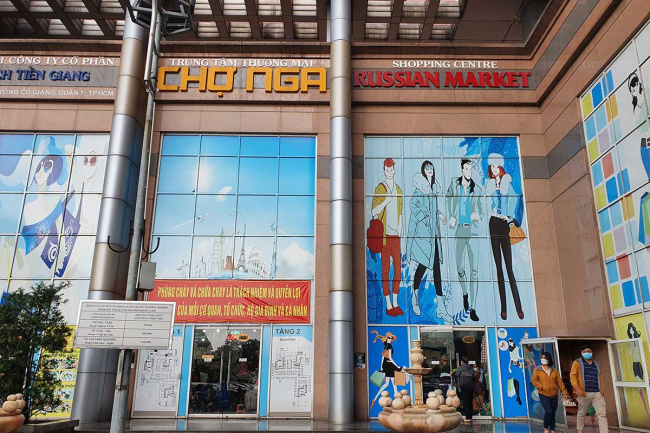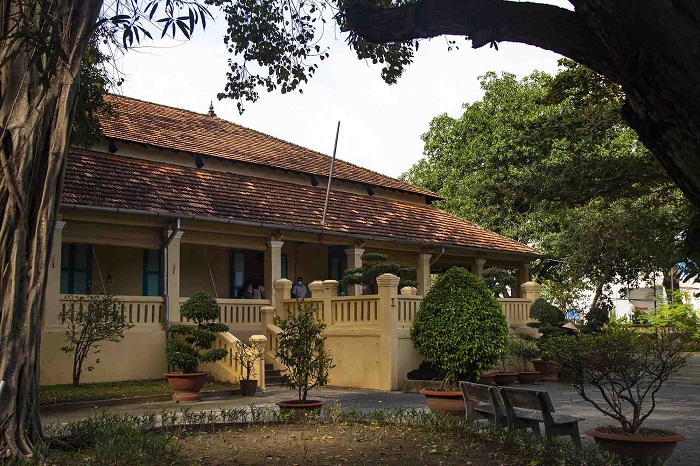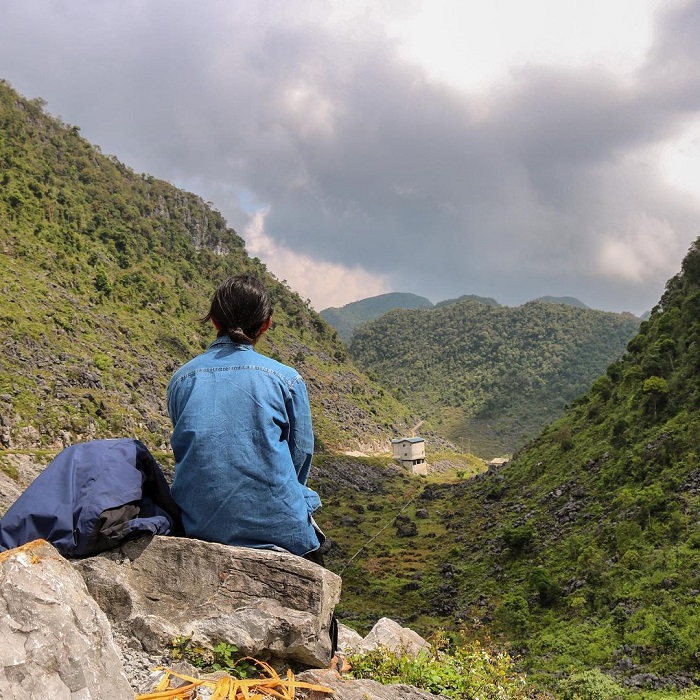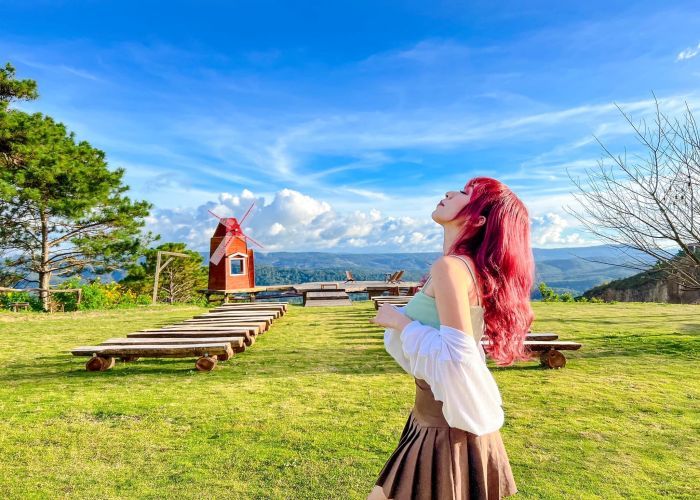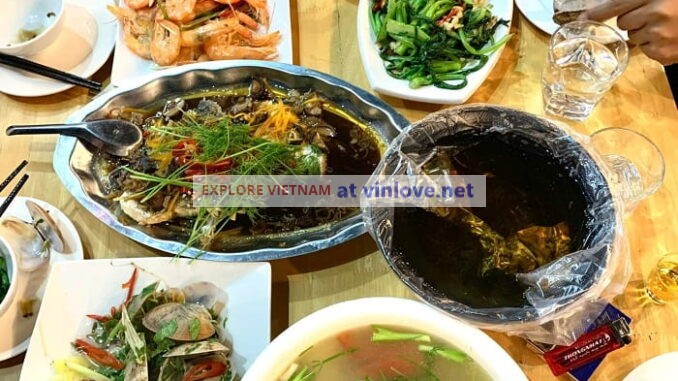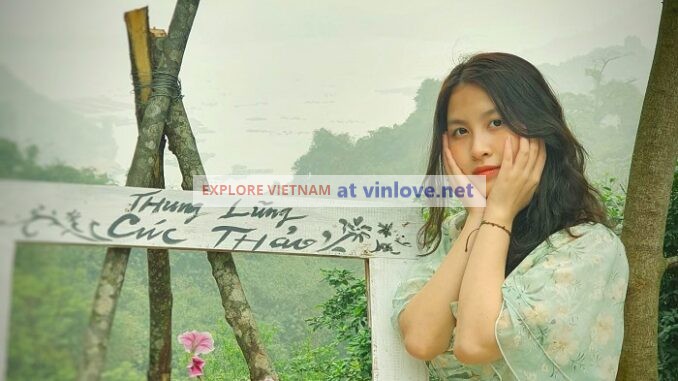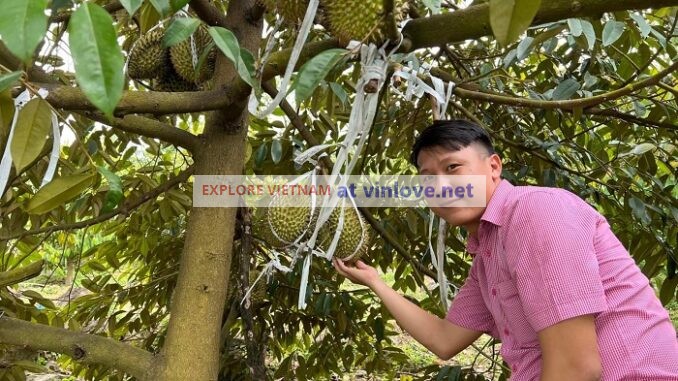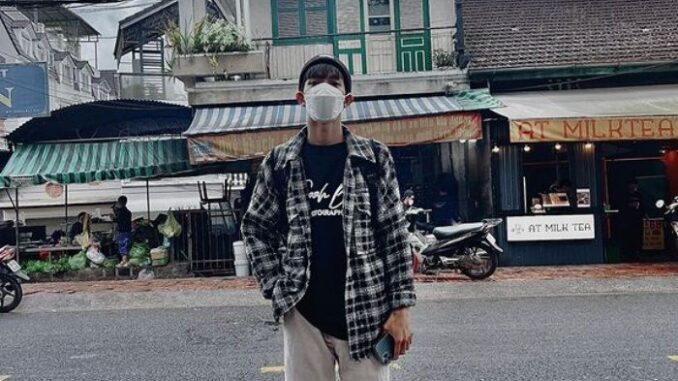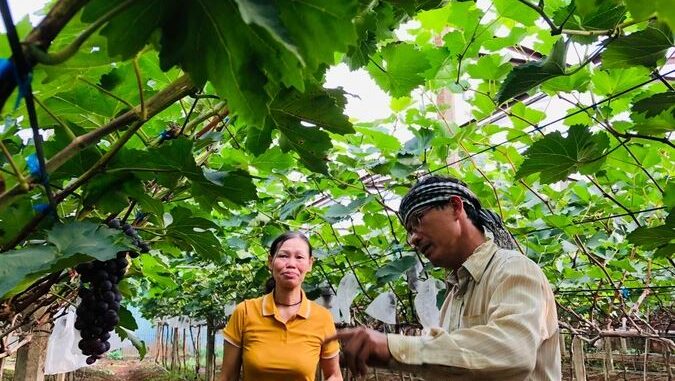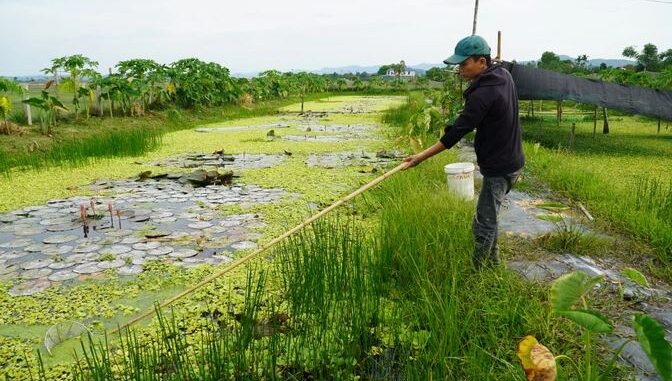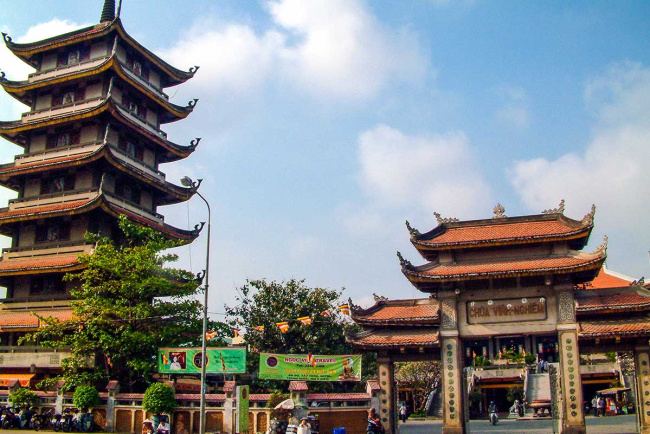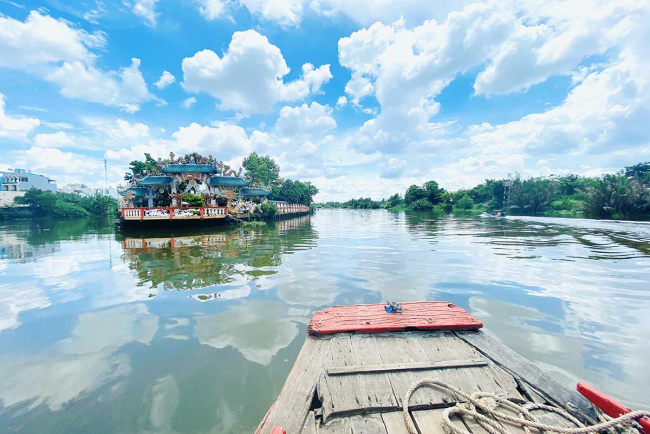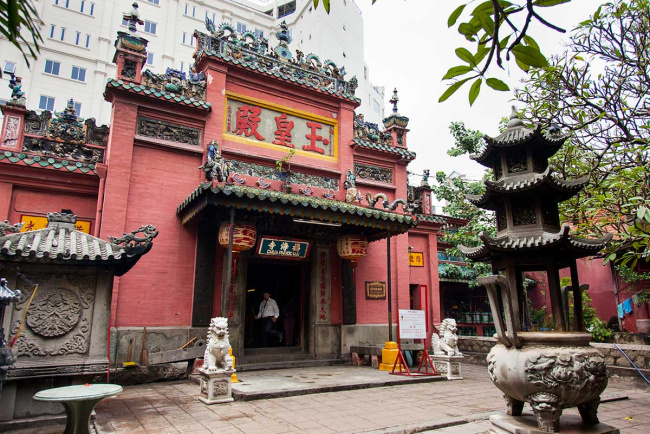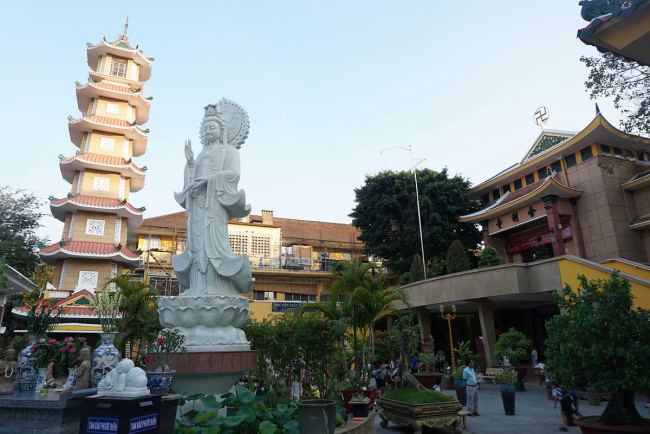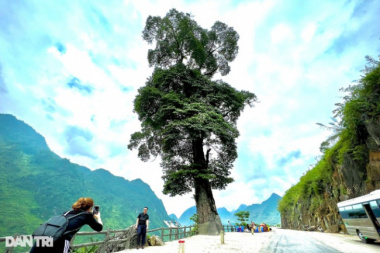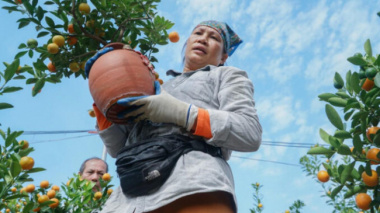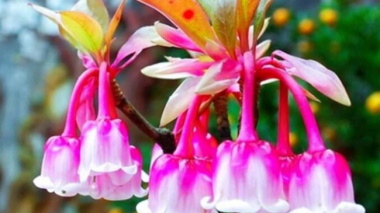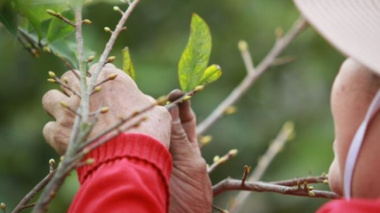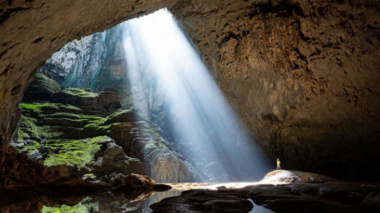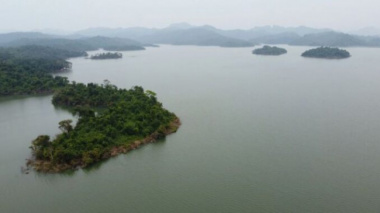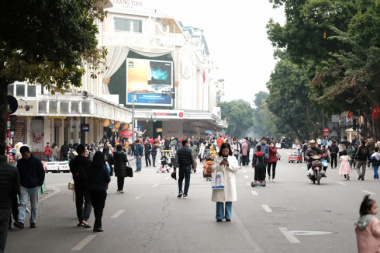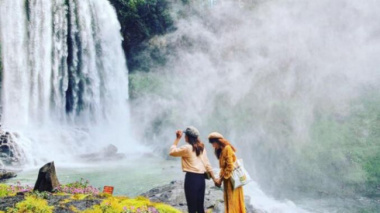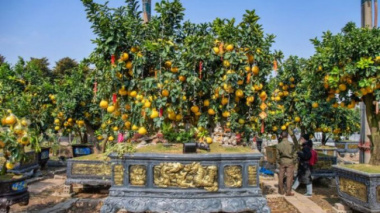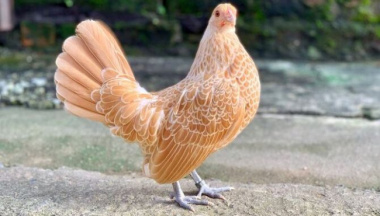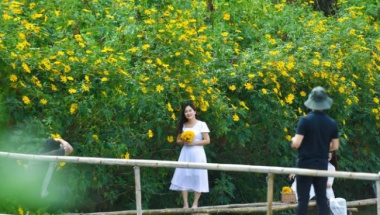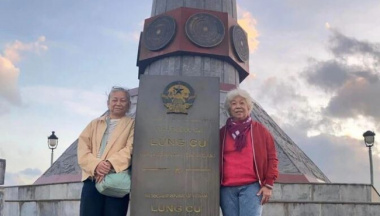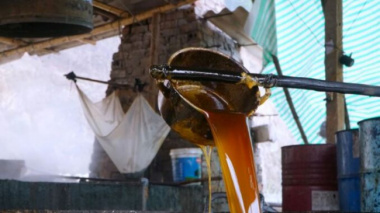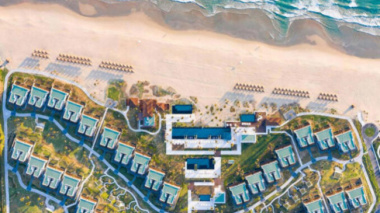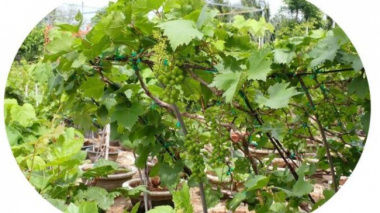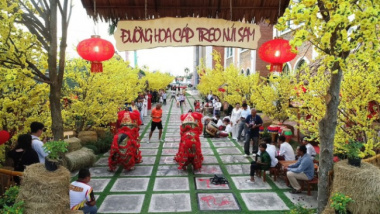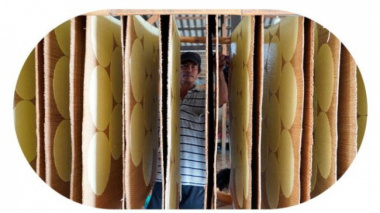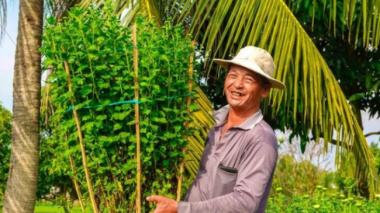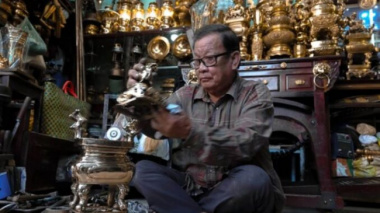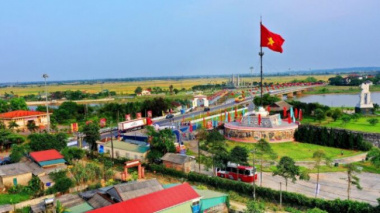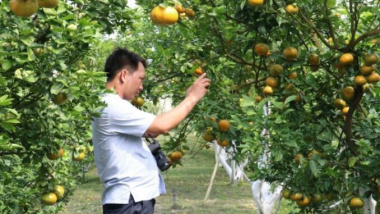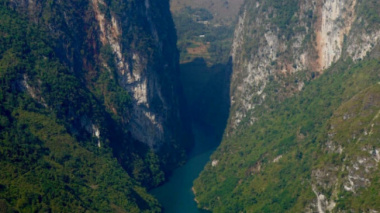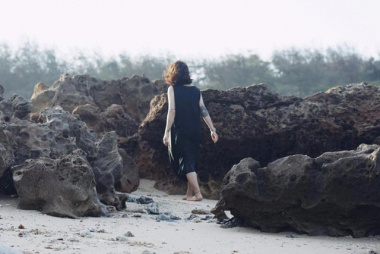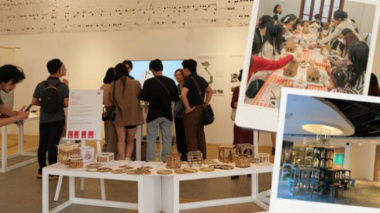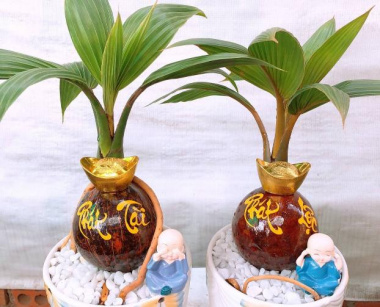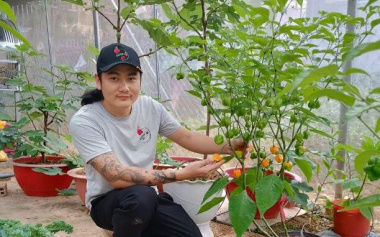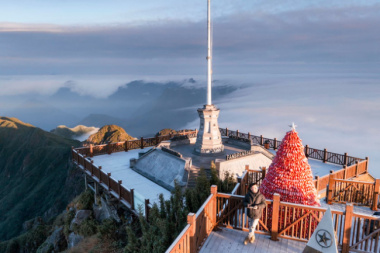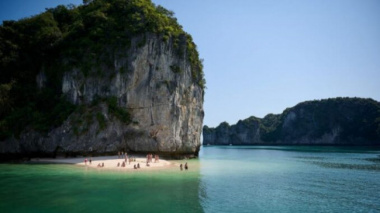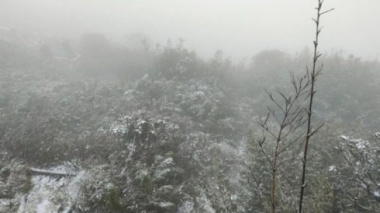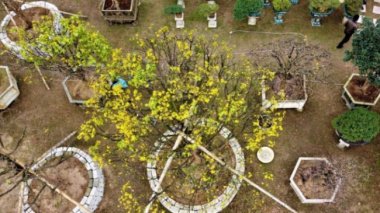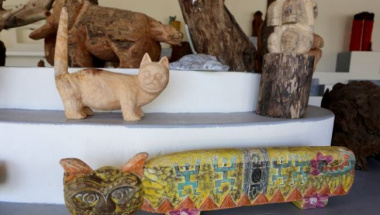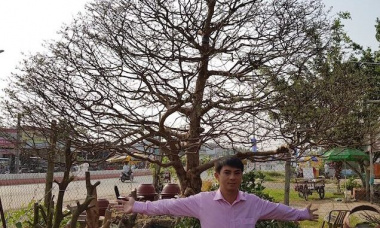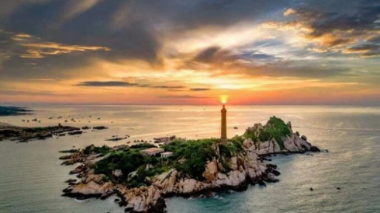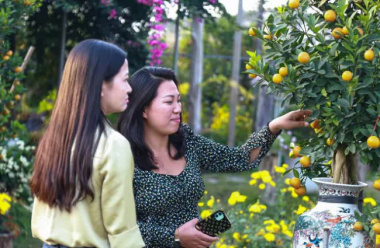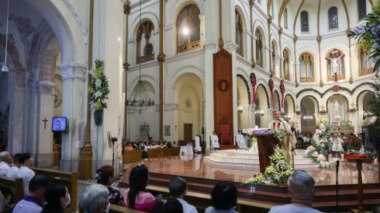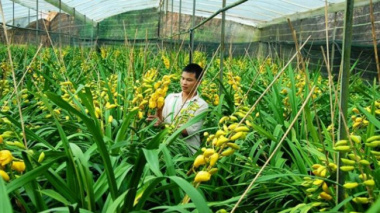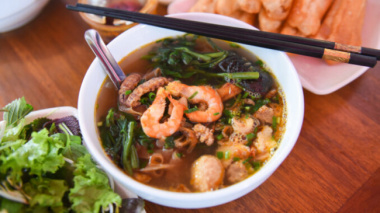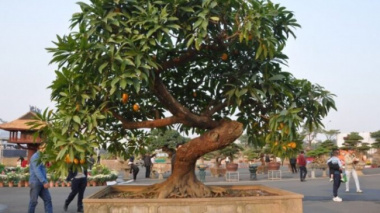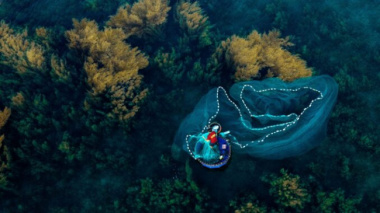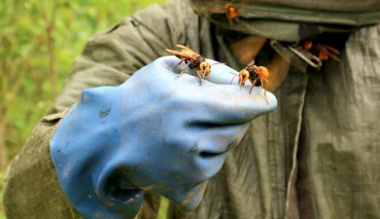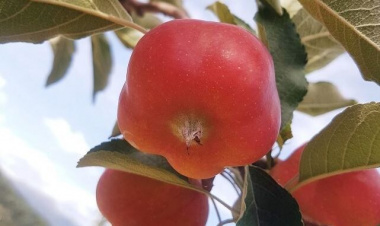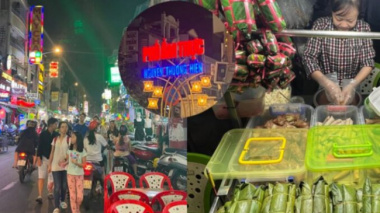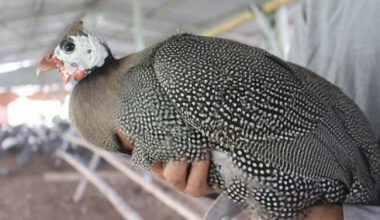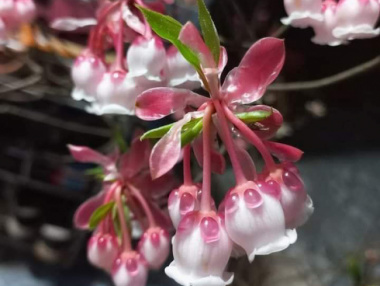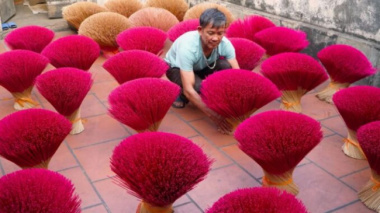Central Highlands – Southern Vietnam
- Plateau Region in Southern Vietnam
- Popular Destinations
- Buon Ma Thuot
- Da Lat
- Kon Tum
- Main Attractions
- Kon Ka Kinh National Park
- Cat Tien National Park
- Yok Don National Park
- Dray Nur Waterfall
- Truc Lam Buddhist Monastery
- When to Visit
Once sequestered from the world, the Central Highlands (also called Cao nguyên Trung phần, or more famously, Tây Nguyên) is a region in Vietnam that has spent the last decade slowly opening up to international tourists.
Guarded by the imposing peaks of the Southern Annamite Range, the untouched plateaus and primitive forests of the Central Highlands are emerging as Vietnam’s next best ecotourism destination. Inhabited for thousands of years, there’s been minimal development in the area and much of the rugged wilderness has been left with little to no infrastructure.
Traces of human habitation are scattered throughout the province in areas where ethnic minorities live. Attracted by the Central Highland’s cultures, lifestyles, and landscapes, tourism to this region has been steadily increasing.
Plateau Region in Southern Vietnam

Fields in Vietnam’s Central Highlands. Photo: AG Gilmore
Covering 5.46 million hectares of land, the Central Highlands Region is made up of 9 contiguous plateaus called Kom Tum, Kong Plong (Kong Plông), Kong Ha Nung (Kon Hà Nửng), Pleiku, Mdrak, Dak Lak (Dắk Lắk), Mo Nong (Mơ Nông), Lam Vien (Lâm Viên), and Di Linh. The South Annamite Mountain Range acts as a natural barrier and has protected the region for millions of years.
With the plateaus varying in height from 500-1500 m (152-457 ft), the area relies heavily on agriculture to sustain the local economy. Coffee is the most popular product grown and 95% of all coffee beans in Vietnam come from the Central Highlands. Other popular products that are grown in the region are pepper, tea, cassava, rubber, and cashews.
Thousands of hectares have been protected by the Vietnamese government to ensure the survival of native flora and fauna species. Three of the largest protected areas in the Central Highlands Region are Cat Tien (Cát Tiên) National Park, Kon Ka Kinh National Park, and Yok Don (Yok Ðôn) National Park.
History
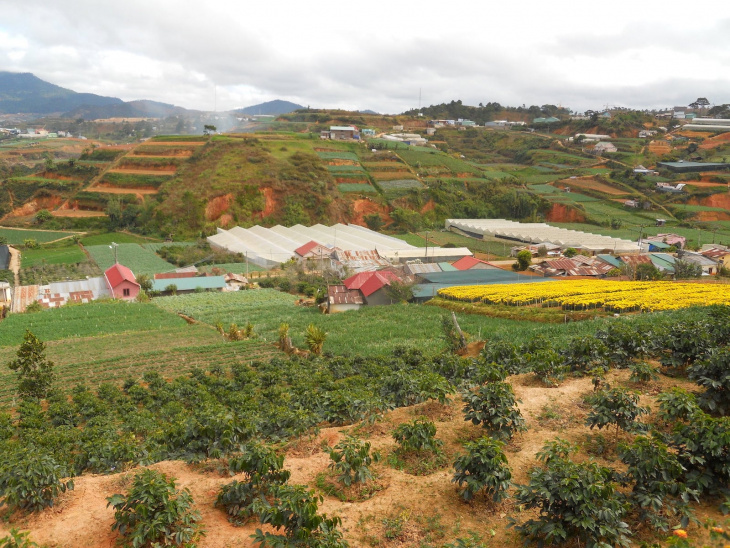
Fields in the Central Highlands. Photo: Joe Coyle
Theories about the original inhabitants of the Central Highlands Region can be traced back 2,500 years ago to Austronesian Chamic groups. The main theory suggests that these groups traveled by sea from their original home, Taiwan, to what is now Central Vietnam. Protected by the mountain range, the prehistoric culture has been well-preserved for centuries.
It wasn’t until the 15th century that the Cham people were able to rule over the far northern parts of the Central Highlands. When French colonialism began in Vietnam, the region’s indigenous people were called Montagnards, which means mountain dwellers. The Vietnamese called these people người Thượng or “Highlanders”.
For most Vietnamese people, the Central Highlands was considered to be a dangerous area. It wasn’t until the French began building plantations that the Vietnamese became interested in the region. That being said, outsiders have not always been welcome in the Central Highlands.
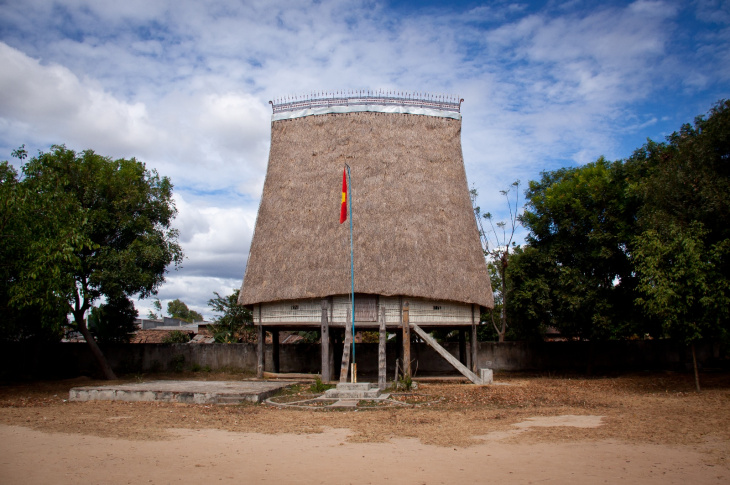
Explore the Rong House outside of Kon Tum City. Photo: ChrisGoldNY
In fact, the indigenous people have fiercely fought against all settlers, including the North and South Vietnamese governments during the Vietnam War. Using the natural geography to their benefit, the indigenous Highlanders have preserved their way of life, and in turn, made the Highlands one of Vietnam’s most unique regions for cultural explorers.
Today, the Central Highlands Region is a mix of cultures. Dominant ethnic groups in the region include the Cham, Gia Rai, and Mnong (Mnông) people. Traces of foreign culture is also found, especially in areas like Dak Lak, where the French settled.
Popular Destinations
Although a large region, the Central Highlands is predominantly remote with limited infrastructure. Areas that have not received governmental protection or been turned into agriculture fields are often urban areas with tight-knit communities. A few of the most popular destinations in the Central Highlands are Buon Ma Thuot (Buôn Ma Thuột), Da Lat (Dà Lat), Pleiku, and Kon Tum.
Buon Ma Thuot

Buon Ma Thuot. Photo: Joe Coyle
The largest city in the Central Highlands Region, Buon Ma Thuot is also the provincial capital of Dak Lak. Supporting a large population of just over half a million people, the city has become an important destination for tourists who are exploring the region.
Sitting in the heart of the Central Highlands, many consider Buon Ma Thuot to be the main cultural hub for the region. With local ethnic groups and traces of French colonization, visitors can get hands-on experience with the Highlander culture in this busy city. Having caught the eyes of tourists, Buon Ma Thuot is host to many hotels and restaurants.
Most visitors will choose to stay in the city before exploring its attractions or heading further into the region. Popular attractions around Buon Ma Thuot include the Dray Sap Waterfall, Gia Long Waterfall, Sac Tu Khao Doan Pagoda, Trohbu Botanic Garden, and the Dak Lak Museum.
Da Lat
High in the plateaus, Da Lat is the capital of the Lam Dong Province. Known as the “City of Eternal Springs”, Da Lat is renowned for its vibrant floriculture and abundance of nearby waterfalls. Used as a weekend retreat by the French during the days of colonization, the city is a charming Highlander destination.

Explore Dalat in the Central Highlands Region. Photo: John Gillespie
The city center sits on the shore of Xuan Huong Lake and nearby attractions include Langbiang Peak, Prenn Waterfall, the Valley of Love, Crazy House, and the Golden Stream Lake. Busy throughout most of the year, Da Lat has a wide range of hotels and restaurants including luxury and affordable options.
Pleiku
Destroyed and rebuilt after the Vietnam War, Pleiku, the capital of Gia Lai Province, is a more remote city that was once part of an American Air Force Base. Known as the “Gateway to the Central Highlands” due to a boom in tourism, popular attractions in Pleiku are Sea Lake, Minh Thanh Pagoda, Kon Ka Kinh National Park, Ham Rong Peak, and Kon Tum City.
Pleiku’s quieter atmosphere is perfect for travelers who want to escape the noise of big cities. Hotels in Pleiku tend to be smaller, but there are a few great picks that are pet and family-friendly. Most restaurants in the city will serve traditional Vietnamese meals using locally sourced ingredients.
Kon Tum
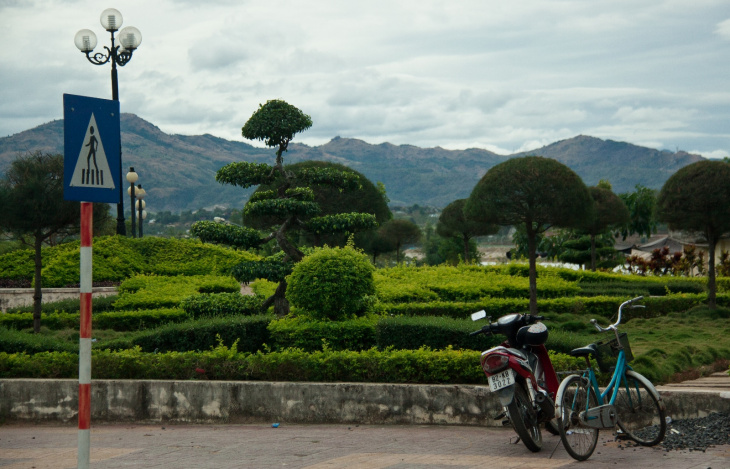
Public park in Kon Tum City. Photo: ChrisGoldNY
One of the least visited cities in the Central Highlands is Kon Tum. Many consider this small city to be the last urban area before heading into the dense wilderness of Kon Tum Province. Heavily reconstructed during French colonialism, many buildings outwardly display a strong European influence. Culture is also important in Kon Tum as many ethnic groups now thrive in the city.
A limited selection of hotels and restaurants is available, so travelers can stay in the area before venturing to more remote destinations. Open daily with a few offering tour guide services, Kon Tum’s top attractions include the Cathedral of Kon Tum Diocese, Chu Mom Ray National Park, Bishop of Kon Tum’s House, Nha Rong Konklor Kon Tum House, and the Kon Tum Museum.
Main Attractions
Steadily building its tourist industry, nearly 6 million people visited the Central Highlands Region in 2015. The scenic beauty, rich culture, and biodiversity of the Central Highlands make it one of the last places in Vietnam that have been untouched by mass tourism.
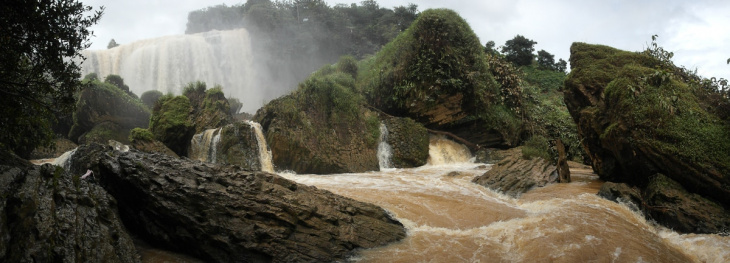
Elephant Falls outside of Dalat. Photo: Mr and Mrs Backpacker
A few of the region’s “must-see” attractions are Kon Ka Kinh National Park, Cat Tien National Park, Yok Don National Park, Dray Nur (Thác Dray Nur) Waterfall, and Truc Lam (Trúc Lâm) Buddhist Monastery.
Kon Ka Kinh National Park
Just outside of Kon Tum City, Kon Ka Kinh National Park spreads itself across the Kon Tum Plateau. Established to protect the Ba and Dak Pne Rivers, the national park provides fresh water to the Central Highlands’ ethnic communities. Not requiring a guide, Kon Ka Kinh National Park is perfect for daytime trips or overnight adventures.
Activities in the park include hiking, homestays, and touring educational centers. With vast biodiverse ecosystems, guests will have the chance to spot rare species like yellow-cheeked gibbons.
Cat Tien National Park
Often considered Vietnam’s most famous national park, Cat Tien is shared by the Dong Nai (Dòng Nai), Binh Phuoc (Bính Phuóc), and Lam Dong (Lâm Dong) Province. Originally protected on its own and called Cat Loc, the area was combined with additional sectors to create one national park.

Wetlands in Cat Tien National Park. Photo: Alan Gill
One of the more remote places in the park, Cat Loc is just 2.5 hours away from Lam Dong Province. Famous for once being the habitat of the Vietnamese Javan rhinoceros, this area of the park is known for its numerous hill and steep inclines.
All visitors to Cat Tien National Park must have a tour guide as required by the Vietnamese government. However, due to the sheer size of the national park, tours of Cat Tien are a great way to see the best areas of the park on a limited time schedule.
Yok Don National Park
The largest national park in the Central Highlands Region and the second-largest in Vietnam is Yok Don. Located in the Dak Lak Province, this national park is famous for its vast landscape including the Srepok River. Visitors at Yok Don can enjoy leisurely activities like hiking, swimming, camping, boating, homestays, and wildlife tours.
Hiring a tour guide is not required, but comes highly recommended for most travelers. Wildlife in the park includes Asian elephants, guars, tigers, and the Eld’s deer.
Dray Nur Waterfall

Dray Nur Waterfall. Photo: Quoc Anh Vu Dang
About 1 hour outside of Buon Ma Thuot, Dray Nur Waterfall is one of the star attractions in the Central Highlands Region. Cascading over a rocky ledge, the waterfall actually features multiple systems including Dray Spa, which is right next door.
Popular year-round, visitors are welcome to picnic, camp, barbeque, and swim around the waterfall. Local vendors sell small snacks like Vietnamese coffee or roast chicken. Easy to access, paths are clearly marked around the waterfall to ensure that visitors can safely explore on their own.
Truc Lam Buddhist Monastery
Nestled in Da Lat, the Truc Lam Buddhist Monastery boasts a bell tower, temple, main courtyard, and entrance gate. Atop a hill and surrounded by pine forests, the temple overlooks the Tuyen Lam Lake. Dedicated to Buddha, visitors can visit to learn more about the monks and nuns that live within its grounds.

Truc Lam Monastery in Da Lat. Photo: Trans World Productions
With public quarters and guest facilities, visitors won’t have to worry about disturbing the peace as they tour this sacred complex.
When to Visit
With higher elevations, the Central Highlands Region has a cooler climate year-round. Even during the hotter months, morning fog is typical before the sun brings higher temperatures in the afternoon. Traveling in the Central Highlands is very dependent on the weather. The wet season begins in July and ends in August, bringing daily torrential downpours which can cause flash floods.
Waterfalls are also murkier with the rain and filled with debris, however, some travelers will still choose to visit during this time to enjoy the vibrant green landscape.

Cat Tien National Park. Photo: Alan Gill
A much more popular time to visit the Central Highlands is during the dry season, which begins in November and lasts until late April. With no rain, visitors can enjoy all of the outdoor activities that the region offers. However, tourists visiting from December to March should pack a few extra layers as the temperatures dramatically cool.
Details
Address: South Central Vietnam
Season: Year-round
Hours: 24 hours
Đăng bởi: Duyên Thương Trương Nguyễn


